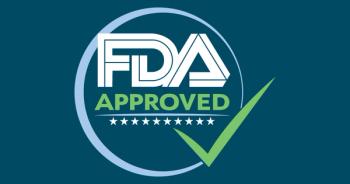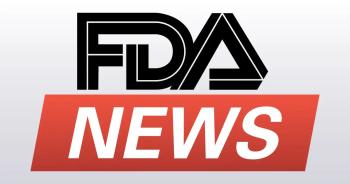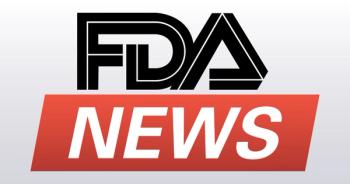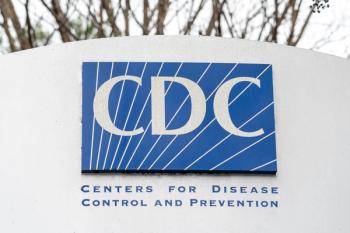
Thirty years later, a lot has changed-but a lot has not
What has--and hasn't--changed in pediatrics since 1976.
My recent birthday coincided, nearly to the day, with the 30th anniversary of my first day of internship. Perhaps for that reason that I found myself making note of the changes in pediatric health care during my career. For those who like to reminisce or, for younger readers interested in history, here are a few reminders of pediatrics in 1976:
It is fortunate, however, that many of the concepts and principles applied to pediatric health care in 1976 remain important and relevant: For example, growth charts are still one of the most important methods of tracking a child's general health; immunizations (and there are many more available now!) continue to protect against many potentially life-threatening infections; continuity of care and follow-up of patient problems is still a better approach than the best equipped pediatric emergency department for most patients' problems; and, as we were reminded often by Contemporary Pediatrics Founding Editor Frank A. Oski, MD, breast milk remains the best food for human babies.
Newsletter
Access practical, evidence-based guidance to support better care for our youngest patients. Join our email list for the latest clinical updates.








